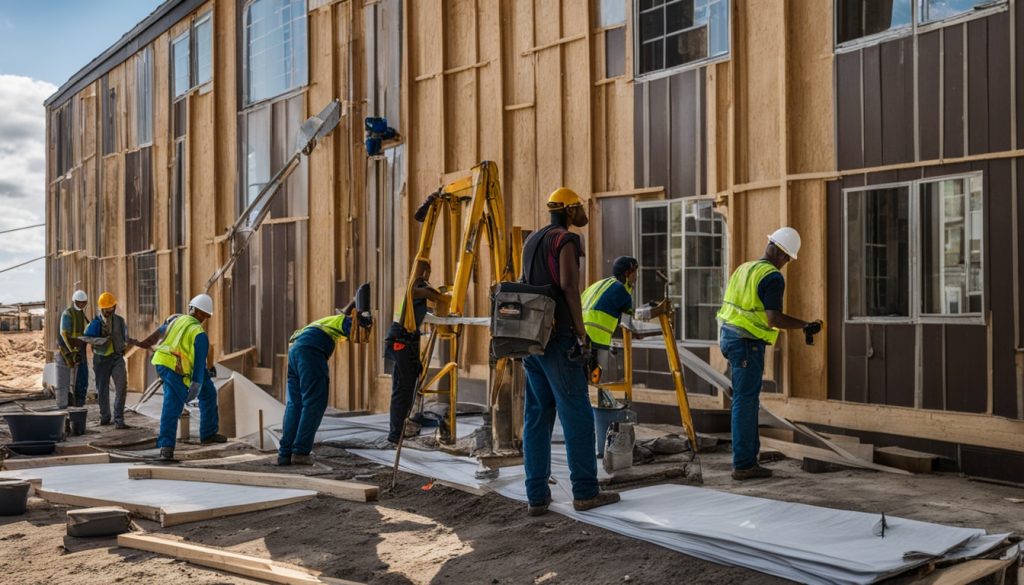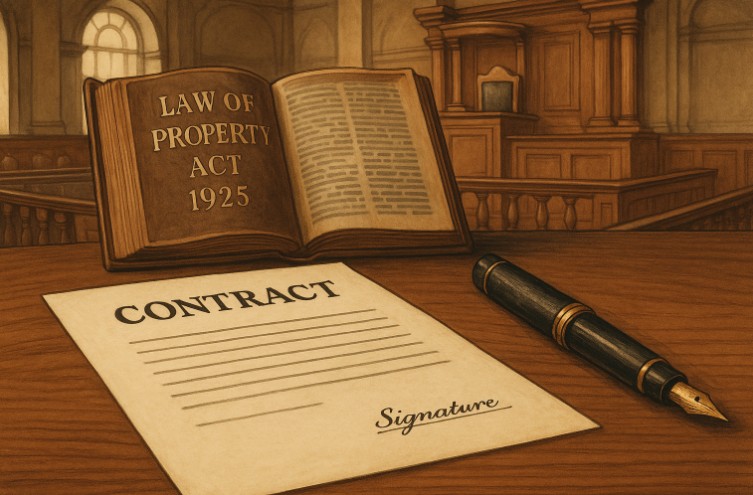Are you a landlord or a tenant looking for clarity on your rights and responsibilities under the Landlord and Tenant Act 1985 Section 20? Look no further! In this blog post, we will break down everything you need to know about this important piece of legislation. Stay tuned to ensure you are up-to-date and informed on how it impacts both landlords and tenants alike. Let’s dive in!
Introduction to the Landlord and Tenant Act 1985 Section 20
Purpose and Importance of Section 20
Section 20 of the Landlord and Tenant Act 1985 was introduced to provide protections for residential leaseholders by requiring landlords to consult them before undertaking major works or entering into long-term service agreements. The purpose is to ensure leaseholders have a voice in decisions that will impact their service charge payments, promoting transparency and accountability in property management.
Key Definitions: Qualifying Works, Qualifying Long-Term Agreements
Section 20 outlines two key definitions that trigger the consultation process: “qualifying works” and “qualifying long-term agreements.” These terms are crucial in understanding the scope of the legislation and the circumstances in which landlords must engage with their tenants.

Qualifying Works Under Section 20
Under Section 20 of the Landlord and Tenant Act 1985, “qualifying works” are defined as any works of repair, maintenance or improvement to a building or other premises. This includes a wide range of potential projects, from replacing a roof to upgrading common areas.
Definition of Qualifying Works
The term “qualifying works” encompasses a broad spectrum of property-related endeavours. It covers works that are necessary for the upkeep, repair, or enhancement of residential buildings and their associated facilities. This could involve restoring the roof, refurbishing the communal hallways, or modernising the lift system, to name just a few examples.
Cost Threshold for Consultation
When the projected cost of qualifying works is expected to exceed £250 for any contributing leaseholder, Section 20 requires the landlord to undertake a specific consultation process. This ensures that residents have a voice in decisions that will ultimately impact their service charge payments.

Qualifying Long-Term Agreements
In addition to major works, Section 20 of the Landlord and Tenant Act 1985 also requires landlords to consult leaseholders on “qualifying long-term agreements” – contracts for services lasting more than 12 months.
Definition of Qualifying Long-Term Agreements
A qualifying long-term agreement is a contract for the provision of services, supplies, or works that will last for more than 12 months. This could include agreements for cleaning, maintenance, or management services, among others.
Cost Threshold for Consultation
Similar to qualifying works, landlords must consult leaseholders on qualifying long-term agreements if the total cost of the agreement will result in a charge of more than £250 for any one contributing leaseholder.
Examples of Qualifying Long-Term Agreements
Some examples of qualifying long-term agreements that would require consultation under Section 20 include:
- A 3-year contract for the cleaning and maintenance of communal areas
- A 5-year agreement for the management and upkeep of a residential property
- A 2-year contract for the provision of security services

Consultation for Works Under Long-Term Agreements
Where a long-term agreement includes provision for carrying out works to a property, and those works will result in a charge of more than £250 to any one leaseholder, then a separate consultation process must be undertaken under the Section 20 regulations. This ensures that residents have a voice in decisions that will impact their service charges, even when the works are covered by an existing contract.
The consultation process for works under a long-term agreement mirrors the requirements for qualifying works. Landlords must provide leaseholders with details of the proposed works, including the estimated costs and timescales. Residents are then given an opportunity to submit observations and alternative proposals, which the landlord must consider before proceeding.
| Key Requirements for Consultation on Works Under Long-Term Agreements |
|---|
|
By mandating this consultation, Section 20 ensures that leaseholders have the opportunity to provide input and influence decisions, even when works are carried out as part of a long-term contract. This helps to protect residents from unexpected or unreasonable charges, promoting transparency and accountability in the management of residential properties.

Conclusion
Section 20 of the Landlord and Tenant Act 1985 plays a pivotal role in safeguarding the rights of residential leaseholders. By mandating that landlords consult with tenants before undertaking major works or entering into long-term service agreements, it empowers them to have a say in decisions that will directly impact their service charge payments.
The legislation’s clear definitions of “qualifying works” and “qualifying long-term agreements,” coupled with the detailed consultation procedures, ensure that leaseholders are informed and can provide valuable input. This collaborative approach not only fosters transparency but also helps to maintain the affordability and sustainability of property management costs.
Overall, Section 20 stands as a critical safeguard, upholding the principle that residential leaseholders should have a meaningful voice in the management of their homes. By striking a balance between landlord responsibilities and tenant rights, it reinforces the importance of effective communication and shared decision-making within the leasehold sector.
FAQ
What is the purpose of Section 20?
The purpose of Section 20 is to provide protections for residential leaseholders by requiring landlords to consult them before undertaking major works or entering into long-term service agreements. This ensures leaseholders have a voice in decisions that will impact their service charge payments.
What are “qualifying works” under Section 20?
“Qualifying works” are defined as any works of repair, maintenance or improvement to a building or other premises. This includes a wide range of potential projects, from replacing a roof to upgrading common areas.
What is the cost threshold for consultation on qualifying works?
When the cost of qualifying works will exceed £250 for any contributing leaseholder, Section 20 requires landlords to follow a specific consultation procedure.
How does Section 20 protect leaseholders?
Section 20 of the Landlord and Tenant Act 1985 plays a crucial role in protecting the rights of residential leaseholders. By mandating consultation with tenants on major works and long-term service agreements, it gives them a voice in decisions that will impact their service charge payments.






